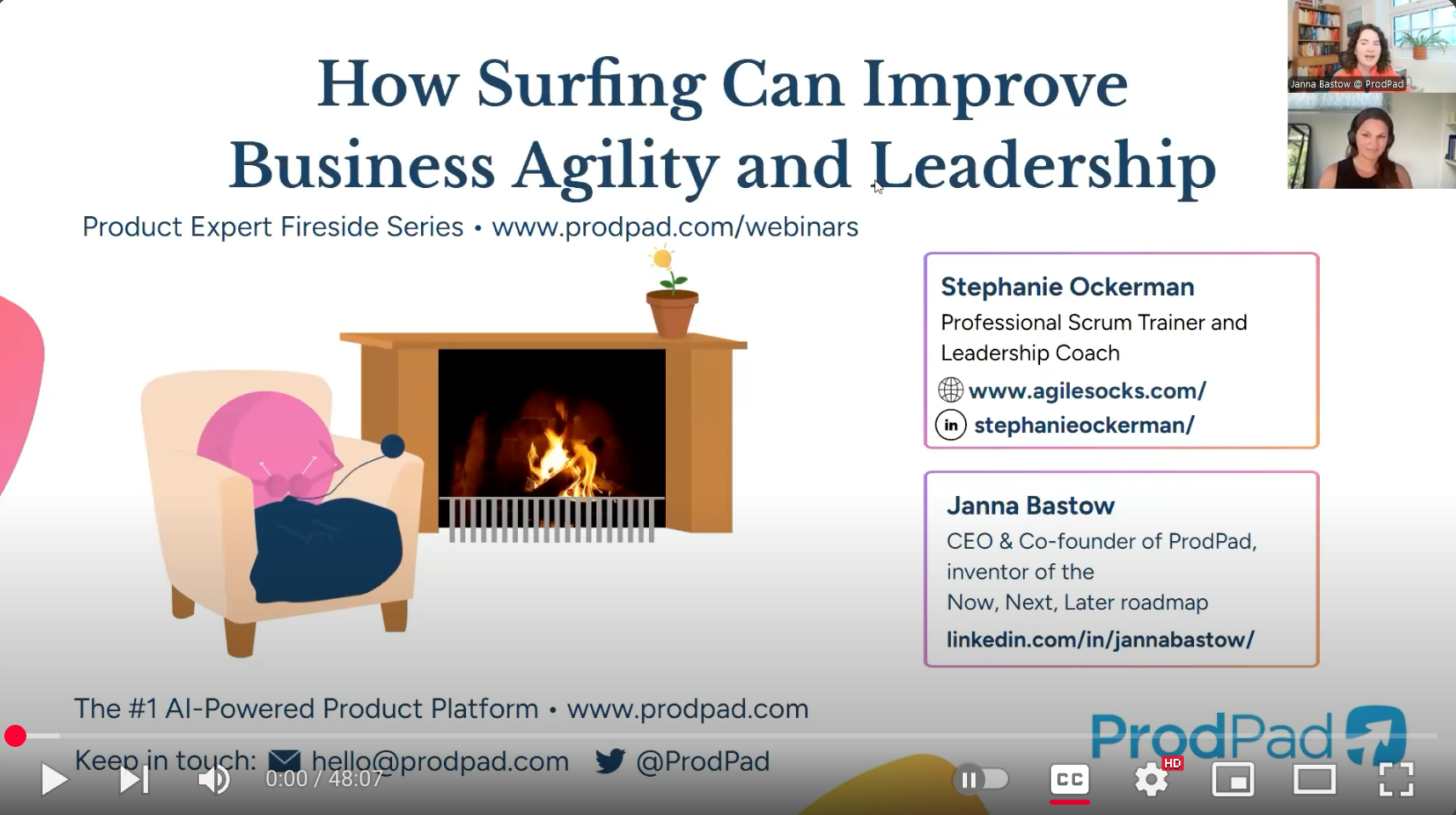
I often end my Scrum training classes with this quote from Ken Schwaber,
Scrum takes two days to learn and a lifetime to master.”
So how do you begin that journey towards Scrum mastery? If you’re already on that journey, how do you keep making forward progress?
When I first embarked on my own journey towards Scrum mastery, I was eager to learn. I attended Scrum training courses. I went to and eventually spoke at agile conferences and meet ups. I read books and blogs. There are many resources available – some good, some great, and unfortunately some misleading.
What I have learned over the years is to keep it simple.
I rely on an agile mindset to guide me. And I focus that agile mindset on 4 key areas that impact the effectiveness of Scrum and enable the benefits of business agility.
Scrum does not solve your problems. People do. What Scrum will do is help make your problems painfully transparent so that people can come up with the creative solutions.
You must have an appreciation for teams and the individuals within those teams. You must give those teams the knowledge, skills, and tools to productively work together.
A team starts as a collection of individuals. Together they form an entirely new living and breathing organism. This new organism forms an identity over time. As new questions and challenges emerge, a team must constantly seek to discover and evolve its identity. Developing a team identity enables effective self-management and collaboration.
As a team figures out who they are, they are also figuring out how best to work together.
Scrum is not a process nor a methodology; it is a framework. Scrum provides boundaries and guidance through accountabilities of the Scrum roles, transparency with the Scrum artifacts, and opportunities to inspect and adapt with the Scrum events. A Scrum Team defines its process within the Scrum framework, including practices, tools, and how people work together.
In order to improve team process, there must be transparency to the process. Teams must understand how their process is affecting their outcomes. Teams must inspect aspects of the process to look for opportunities to improve. They must also realize when the circumstances around them are changing, and they need to adapt their process to meet new challenges.
The product is the purpose of what you are doing. The product is why you create teams. The product is why you do Scrum. Therefore, you must focus on understanding and growing product value.
This includes understanding the different motivations, needs, and behaviors of users and customers. You must know what defines value for your product and actually measure the value realized. Stay aware of environmental factors and trends that impact the product. Consider how you are ensuring alignment between what you are building and how it creates value for the organization, evolving this over time.
Organizations provide both structure and culture, which will impact the teams and products that live within the organization.
Structure includes the business model, which is essentially the design for successfully operating the business. It also includes how employees, partners, and service providers are organized. Structure often influences organizational processes and policies.
Culture is a body of habits that bind people together into a cohesive. Culture is a way of seeing things, of knowing what to do in specific circumstances. Culture evolves from the sum of all human behavior within an organization. It is often influenced by the organizational structure and processes, including roles, goals, and incentives.
Maximizing the benefits of Scrum often means evolving organizational culture, processes, and possibly structure. You must know how the organization is enabling or inhibiting the success if your Scrum Team in order to influence the organization.
While Scrum is simple, Scrum Mastery is about what you bring to the journey. You must bring your creativity and wisdom, but also your curiosity, determination, and skills. These four dimensions can help you simplify by giving you a lens through which you can observe outcomes and behaviors. This lens creates focus and clarity so that you can reflect and take action.
When you feel stuck in the weeds and overwhelmed, come back to the simplicity of these four dimensions: Team Identity, Team Process, Product Value, and Organization. Apply an agile mindset as you look through the lens. See where your team is thriving and where they need support. Use the stance of a servant-leader to guide your actions (and sometimes intentional non-action).
Read all posts in this series:
___________________________
Want to take your learning deeper?
If you enjoyed this post, check out my book Mastering Professional Scrum.
This book illuminates what it means to effectively apply empiricism, an agile mindset, and teamwork to truly unlock the benefits of agility.



AGILE SOCKS is a registered trademark of Agile Socks LLC. Other marks used herein are the property of their respective owners. For more information see Trademark Notice in Terms & Conditions.